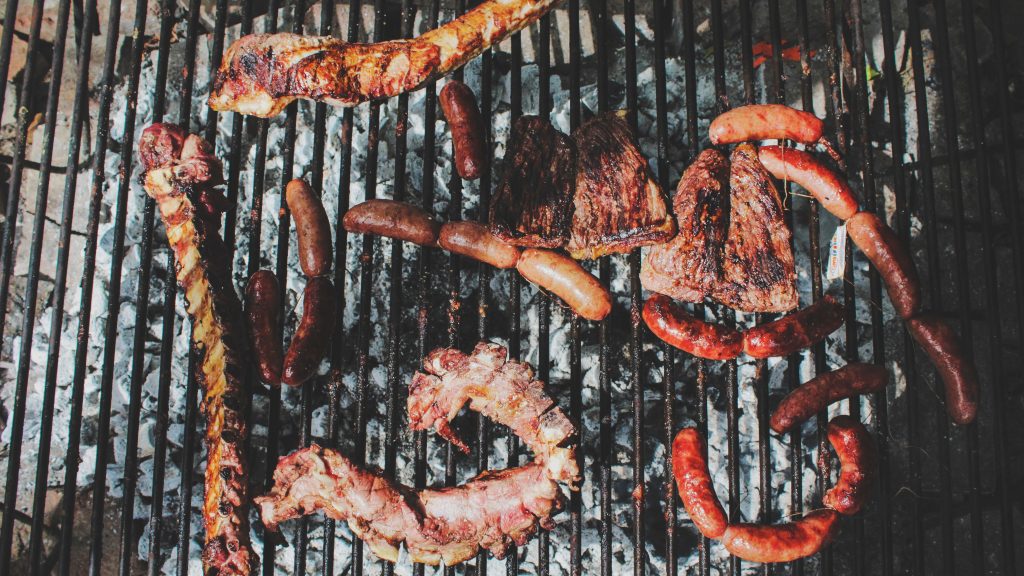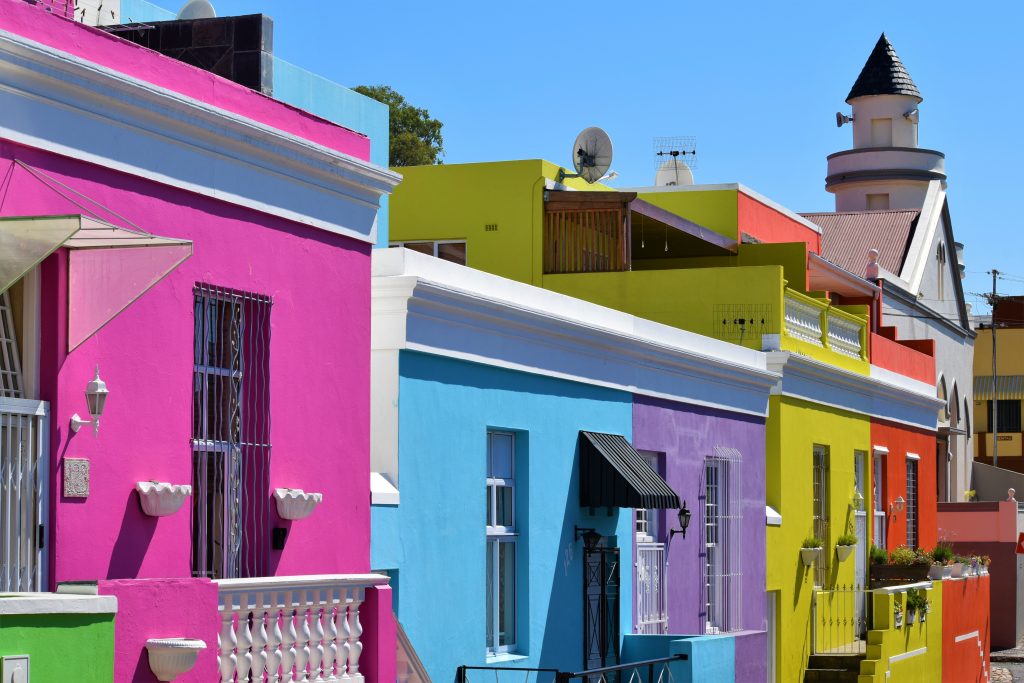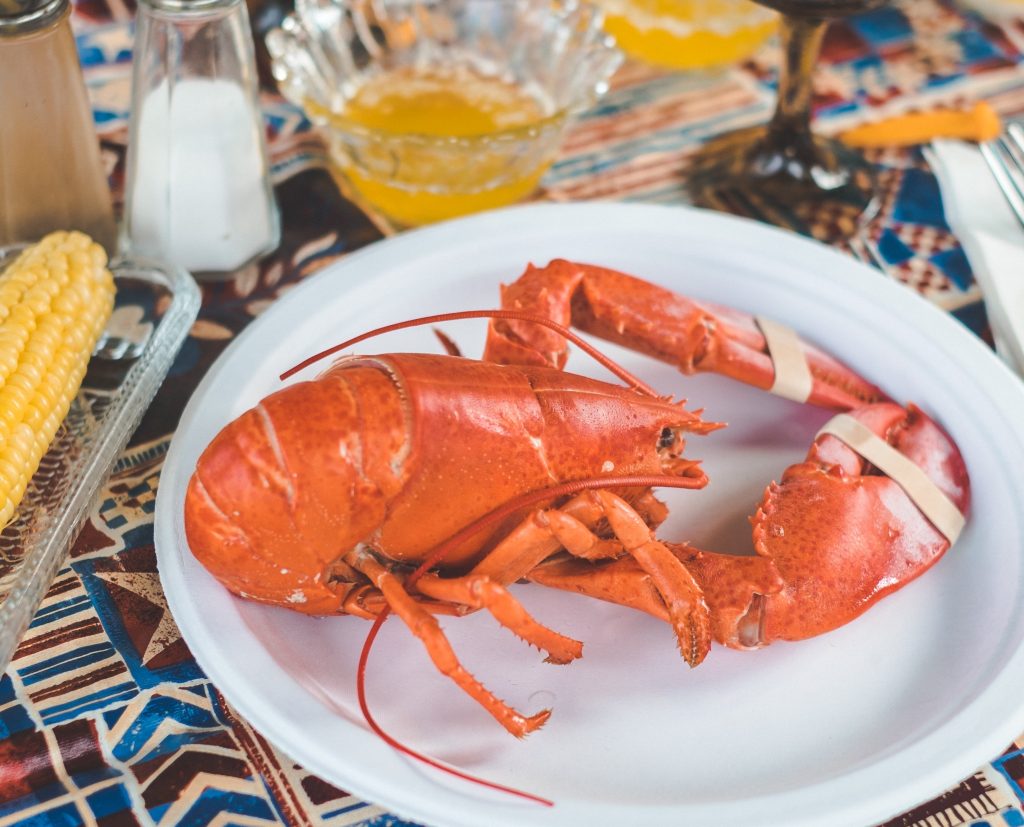Cape Town is a collision of cultures and cuisines and as a result, home to an exciting foodie scene. From meaty South African snacks like biltong and boerewors to Cape Malay inspired bobotie and bunny chow, the Mother City is a veritable heaven for foodies. It’s home to some of Africa’s best restaurants including The Test Kitchen, Cape Town’s most lauded restaurant which is rated as one of the best in the world.
You can visit South Africa anytime of year, but the hot, dry weather makes January an ideal time to visit Cape Town. Early in the month, there’s the all-singing, all-dancing Kaapse Klopse, an annual celebration that sees thousands of performers parade through the streets, and throughout January, the Mother City comes alive with revellers eating out, enjoying braais galore and indulging in the general merriment that goes hand-in-hand with summertime, making it perfect for foodies. With this in mind, here are 6 IDEAL things for foodies to do in Cape Town.

EAT BRAAI LIKE A LOCAL
You can’t come to Cape Town and not experience braai – like visiting Vietnam and not eating pho or India and giving curries a swerve. Braai (pronounced ‘bry’) is Afrikaans for barbecue, but this is grilling on a whole other level. The South African’s take their braais seriously; it’s a tradition in South Africa that cuts through cultural and racial lines. There’s a certain technique and talent needed to braai properly, perfected at places like aMadoda, a shebeen style Cape Town hangout that serves up some serious meat in groovy surrounds. If you go to a braai, besides pigging out on meat, make sure you try a braaibroodjies, which translates as barbeque bread – it’s basically a glorified toasted sandwich which is just damn delicious.

GO TO THE BO-KAAP NEIGHBOURHOOD
Sitting just above downtown is the Bo-Kaap neighbourhood. This area is rooted in Malaysian, African, Indian and Sri Lankan culture, and was formerly known as the Malay Quarter. The residents are mainly the descendants of slaves which the Dutch Imperialists brought to South Africa in the 16th and 17th centuries. Characterized by brightly painted homes and cute cobble stoned streets, today it is one of the hippest neighbourhoods in town, celebrating a distinctive Cape Malay culture.
It’s also the place to come for Cape Malay food, known for it’s heavy use of aromatic spices like cumin, coriander and star anise. Many traditional South African dishes including bobotie, sosaties and koeksisters – now staples in many South African homes – originated from the Cape Malays. One of the most famous restaurants in Bo-Kapp is Biesmiellah, which has been dishing out traditional Cape Malay cuisine for over 40 years.
Read: The Ideal Recipe For Bunny Chow
 Tomato bredie © Tibor Kelemen/Flickr
Tomato bredie © Tibor Kelemen/Flickr
IMBIBE ON LONG STREET
Long street is the place to party in Cape Town and a stroll down it is a prerequisite for any foodie. Bustling with revellers and boerewors-stands galore, Long Street is renowned for its nightlife and welcoming, frenetic vibe. Offering some of the city’s best dining with a huge variety of restaurants, this is the place to come if you want to soak up South Africa’s eclectic foodie scene.
If you’re looking for a taste of Africa, we love Mama Africa, a Long Street institution offering African fare with a laid back vibe. The strip itself is so pretty, lined with Victorian era buildings and bohemian shops and well worth seeing in it’s own right, even if you’re not here to party. But if you are, be sure to knock back a glass of karate water – a glass of brandy and coke to you and me – which the locals love.
ENJOY SEAFOOD
We all know that the South African’s can do meat, but let’s not forget about the seafood on offer in this part of the world. Cape Town is surrounded by the coast and has a thriving marine eco-system, making it one of the best places in the world to find fresh fish.
Indeed, some of the planet’s best tuna can be found on the shores of South Africa before it’s shipped off to Japan for premium grade sushi. On nearly every corner in Cape Town you’ll find fish ‘n chips joints or trendy restaurants serving up plates of freshly prepared seafood. Head down to the V&A waterfront to experience some of the best.

MOSEY AROUND THE MOUTH WATERING MARKETS
For any street food lover, Neighbourgoods Market at Woodstock’s Old Biscuit Mill is a must. On Saturday mornings over 100 speciality traders come to sell their wares here. Everyone sits at long communal tables, listenting to live music, eating street food and drinking artisan ales and organic Cape wine.
Come to eat a gatsby (a Capetonian sandwich) and other local delicacies and soak up the foodie vibes. You’ll also find Market at the Palms in Woodstock; full of locals cooking real food. You may even pick up a sought-after family recipe or two – if you’re lucky. Another foodie paradise worth its sea salt is V&A Food Market located on the waterfront, boasting amazing ocean views and seafood to match.
Psst, Hey you, market lover. If you visit Neighbourgoods or Palms in Woodstock, try and score a table at The Pot Luck Club atop the Silo in The Old Biscuit Mill. It’s from the same guys as The Test Kitchen, and has great views of Table Mountain.

VISIT THE CAPE WINELANDS
Round off your foodie trip by raising a glass to Cape Cuisine in the winelands. If quality wine is your thing (if you’re visiting South Africa, let’s hope so), exploring the vine-carpeted valleys surrounding Cape Town should be on your list. A short drive from the city will take you into the Franschhoek, Paarl and Stellenbosch valleys, the heart of the country’s Winelands, where you can sample some great tasting vintages.
A trip to grape central is also the perfect opportunity to enjoy the cuisine at Franschhoek. Billed as the gastronomic capital of the region, here you’ll find and extremely high concentration of world-class restaurants in this tiny valley. If you want a tailor-made wine tour, A&K’s luxury travel to South Africa can assist. South Africa is renowned for its award winning wines, so a trip to a vineyard is the perfect way to finish your foodie adventure.


